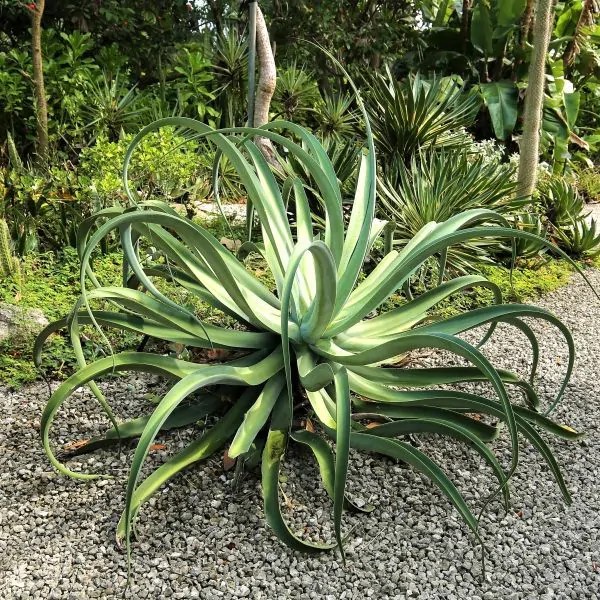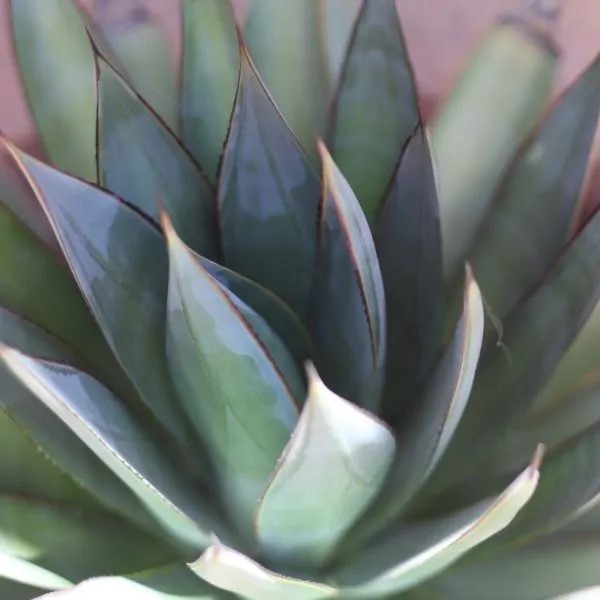Best desert plants – expert advice for drought-tolerant shrubs and flowers
Discover some of the best desert plants that are resilient, low-maintenance and will thrive in dry and hot backyards
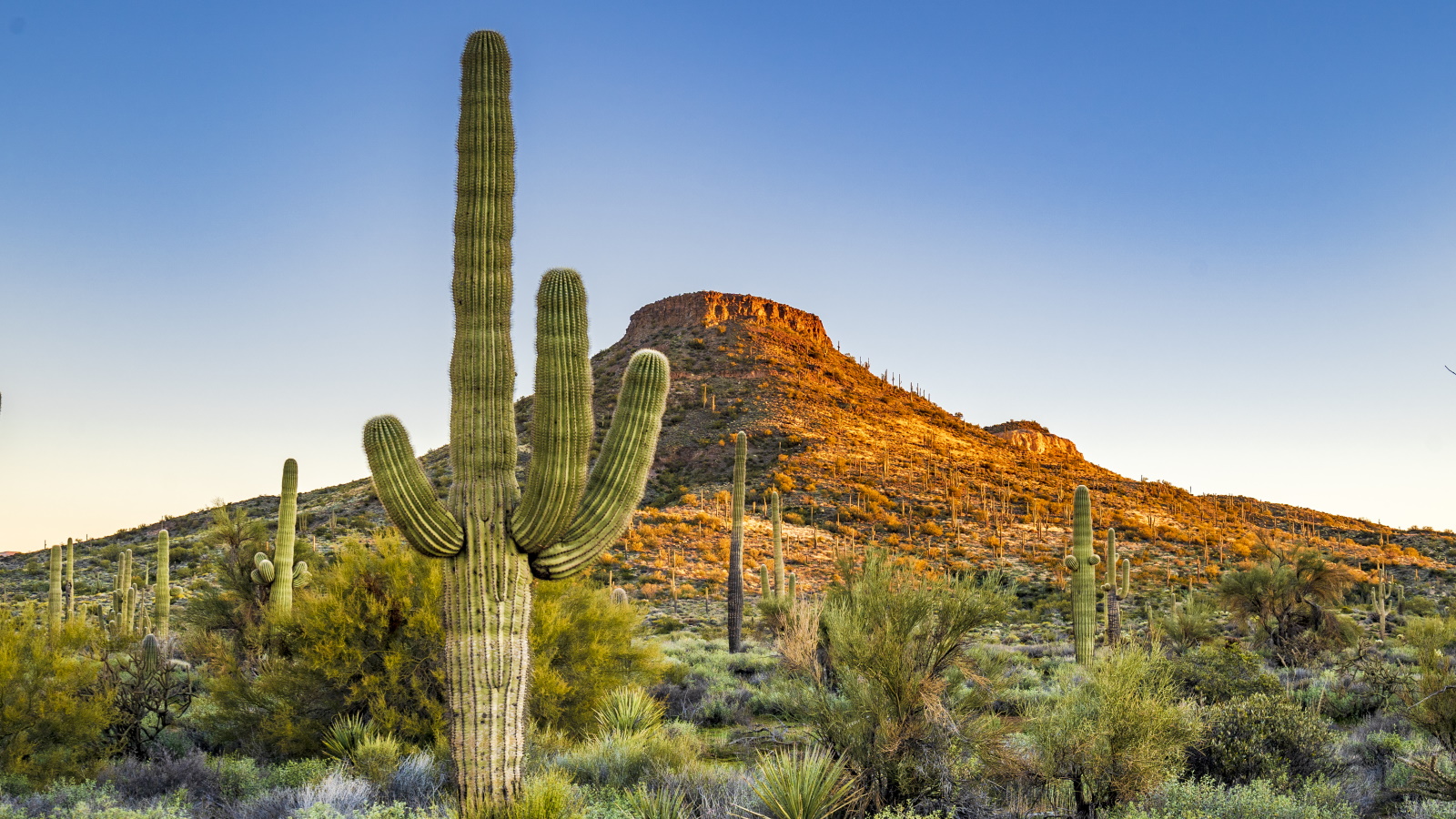

Hot and dry summers have become an annual challenge in recent years, yet some of the best desert plants, including shrubs and perennials, can offer gardeners a solution to cope with extreme heat and drought. We, as gardeners, must adapt how we cultivate and maintain our backyards, and water conservation must be a consideration when selecting new plants for your containers and borders.
Many of our traditional garden favorites, such as roses or peonies, often require significant amounts of water during the growing season, particularly during drought periods. Yet, some of the best desert plants from arid regions is just as striking and floriferous.
It seems sensible and sustainable, therefore, that those seeking backyard ideas this year should take inspiration from desert planting ideas, incorporating shrubs and perennials that can thrive in arid conditions and tolerate low water levels and high temperatures. Here, experts share some of the best desert plants as well as ideas for drought-tolerant plants for pots.
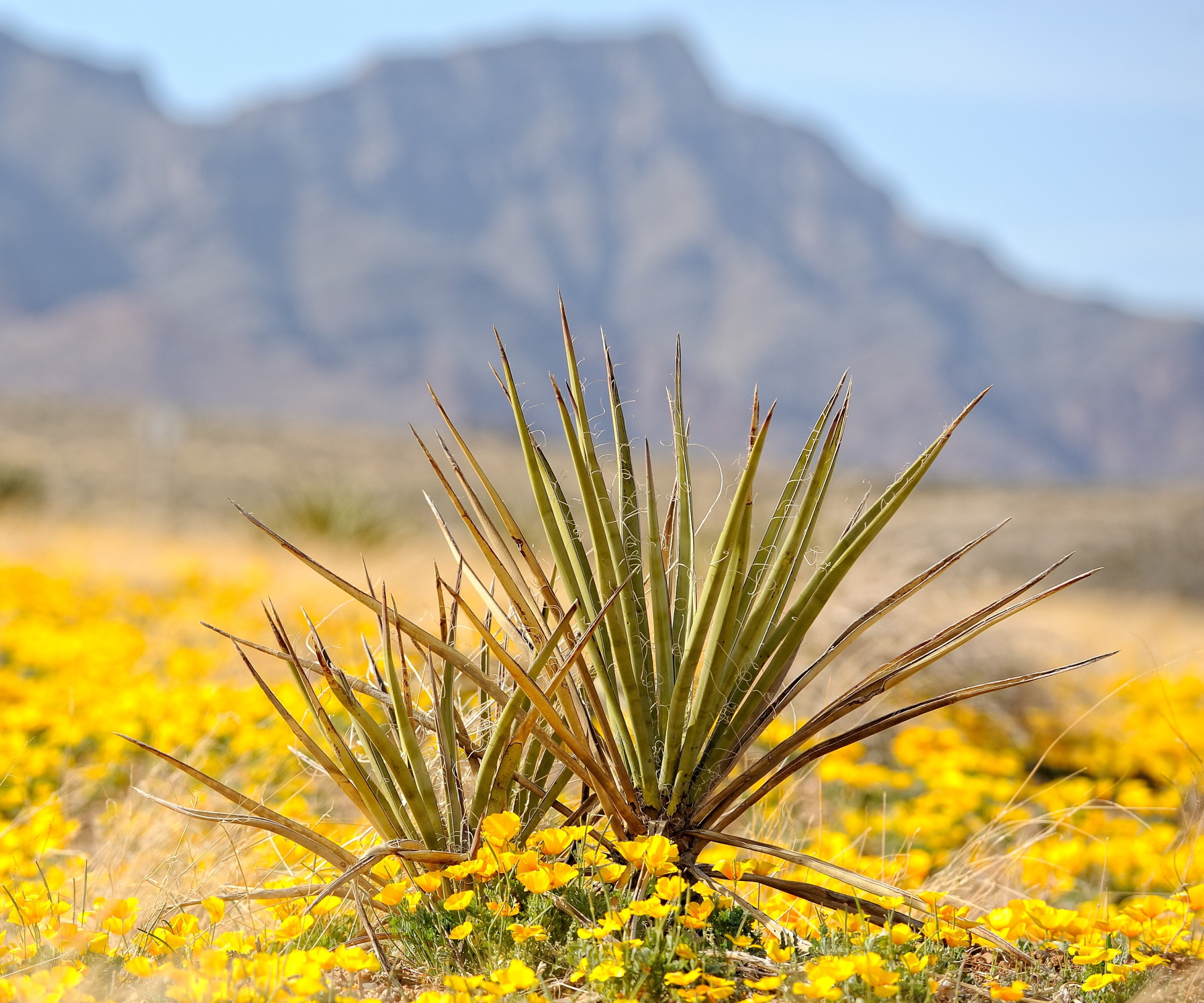
6 of the best desert plants
Incorporating drought-tolerant planting ideas in your backyard is a sustainable approach for gardeners seeking to reduce water usage. Discover some of the best desert plants from arid regions to grow in your borders this year.
1. Desert sage

Desert sage, or Salvia dorrii, is a herbaceous perennial native to the western United States, namely California and Arizona. Growing in mountainous and dry regions, this plant needs dry, well-draining soil, with plenty of sunshine. Desert sage grows best in US hardiness zone 6 to US hardiness zones 10.
Some of the best desert plants are celebrated for their drought-tolerant properties, and plants with silver foliage, such as desert sage, produce silver-green leaves that helps to reduce water loss.
Many sage plants are classified as California native planting and would be a 'versatile and vibrant addition to any garden,' says Maya Argaman, native plant expert and Horticulture Senior Program Coordinator at the California Native Plant Society.
'Sages offer a wide range of forms, foliage and blossoms that combine well with most other plants in the dry landscape,' Maya adds. And, for those seeking native spring flowers to attract hummingbirds and other pollinators, sage plants are known to be popular with 'hummingbirds, butterflies, and bees, but fortunately, not deer or rabbits,' Maya adds. 'The distinctive fragrance of the foliage repels garden pests.'
For another native alternative, why not learn how to grow Texas sage, another flowering plant ideal for hot and sunny yards?

Maya is the Horticulture Senior Program Coordinator at the California Native Plant Society. She graduated from UC Davis with a degree in Environmental Science and Management, where she fell in love with native plants in both the natural and built environment.
2. Agave
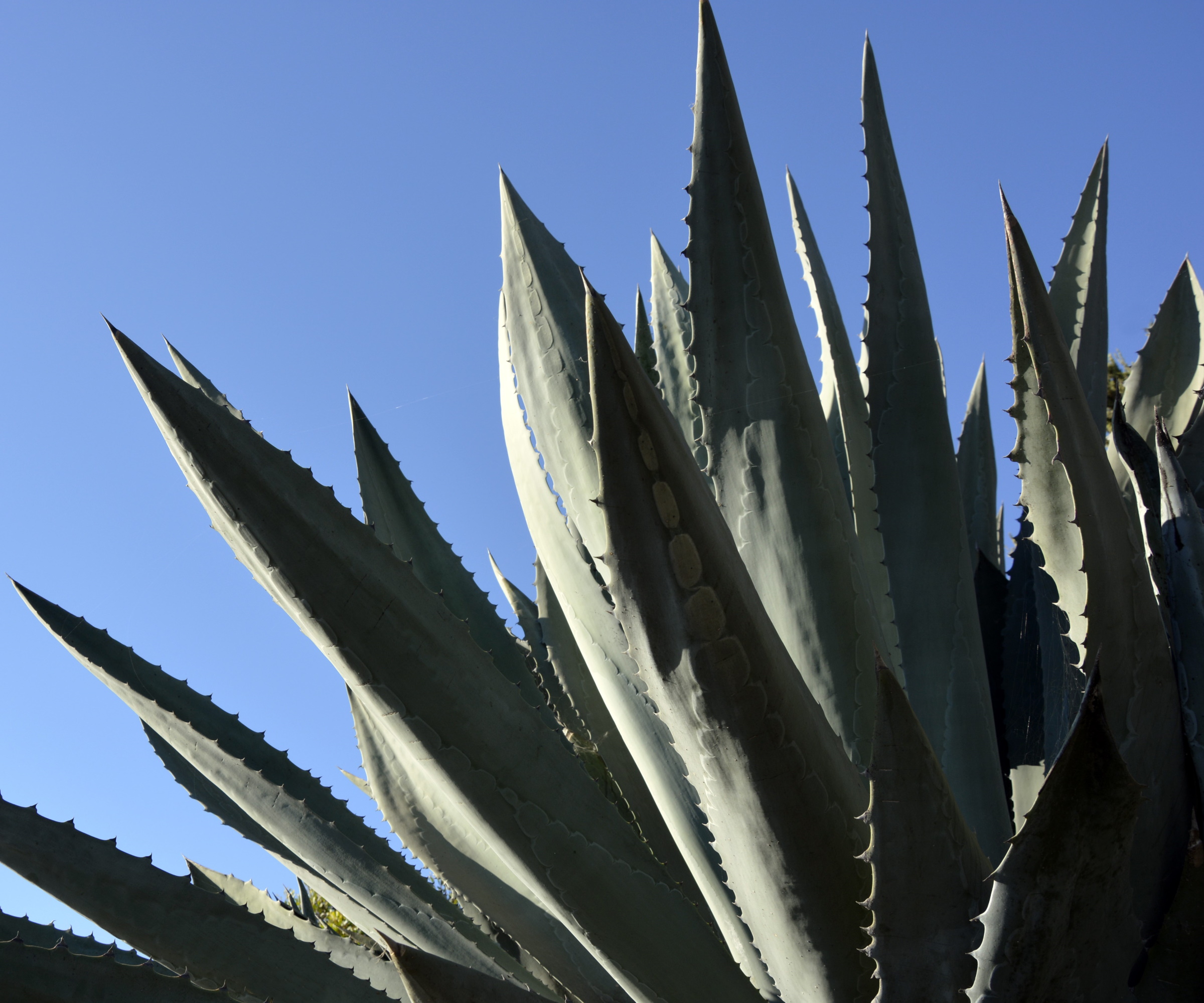
For those gardeners seeking drought-tolerant landscaping ideas, agave plants are one of the most structural and striking succulents. Native to desert regions in North and Central America, agave plants grow best in US hardiness zone 7 and above, thriving in dry regions.
These unique plants produce pointed leaves and tall flower spikes, making them iconic symbols of desert landscapes, a must have for those seeking the best desert plants. 'Agaves are easily grown outdoors and in pots,' says Greg Starr, agave expert and owner of Starr Nursery, specializing in cacti and succulent growing. 'The soil should drain excess water quickly,' Greg adds, 'and these plants will need plenty of light.'
'Look out for mealybugs and agave mites,' Greg warns, 'both of which can multiply rather quickly.' Agave mites are 'difficult to eradicate even with treatment,' Greg adds, but infestations are easier to deal with the earlier they are identified, so be sure to check your succulents for signs of damage or pest activity.

Greg graduated from the University of Arizona in 1979 with a Bachelor of Science in Horticulture. He opened Starr Nursery in the summer of 1985 and has specialized in low-water use plants for landscaping in southern Arizona. Greg's second book, titled 'Agaves: Living Sculptures for Landscapes and Containers' was released in early May of 2012.
Shop desert plants
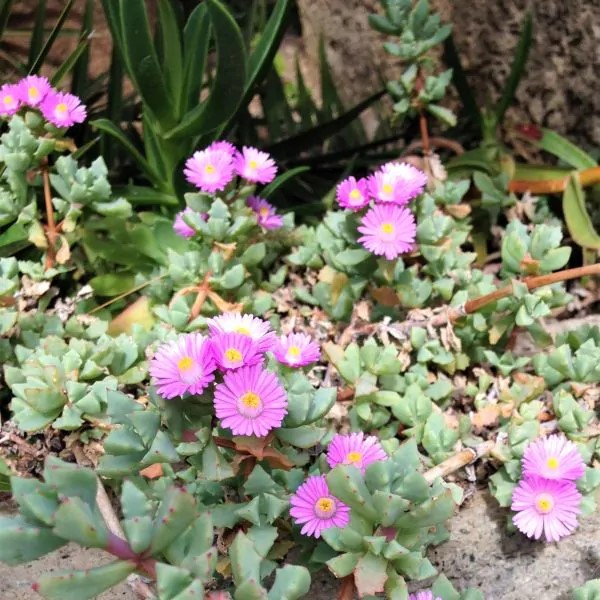
This unique flowering succulent is admired by many for its geometric, arrow-head shaped leaves and its delicate periwinkle flowers with a pop of yellow in the center. This plant erupts with masses of lavender-pink flowers.
3. Firecracker penstemon
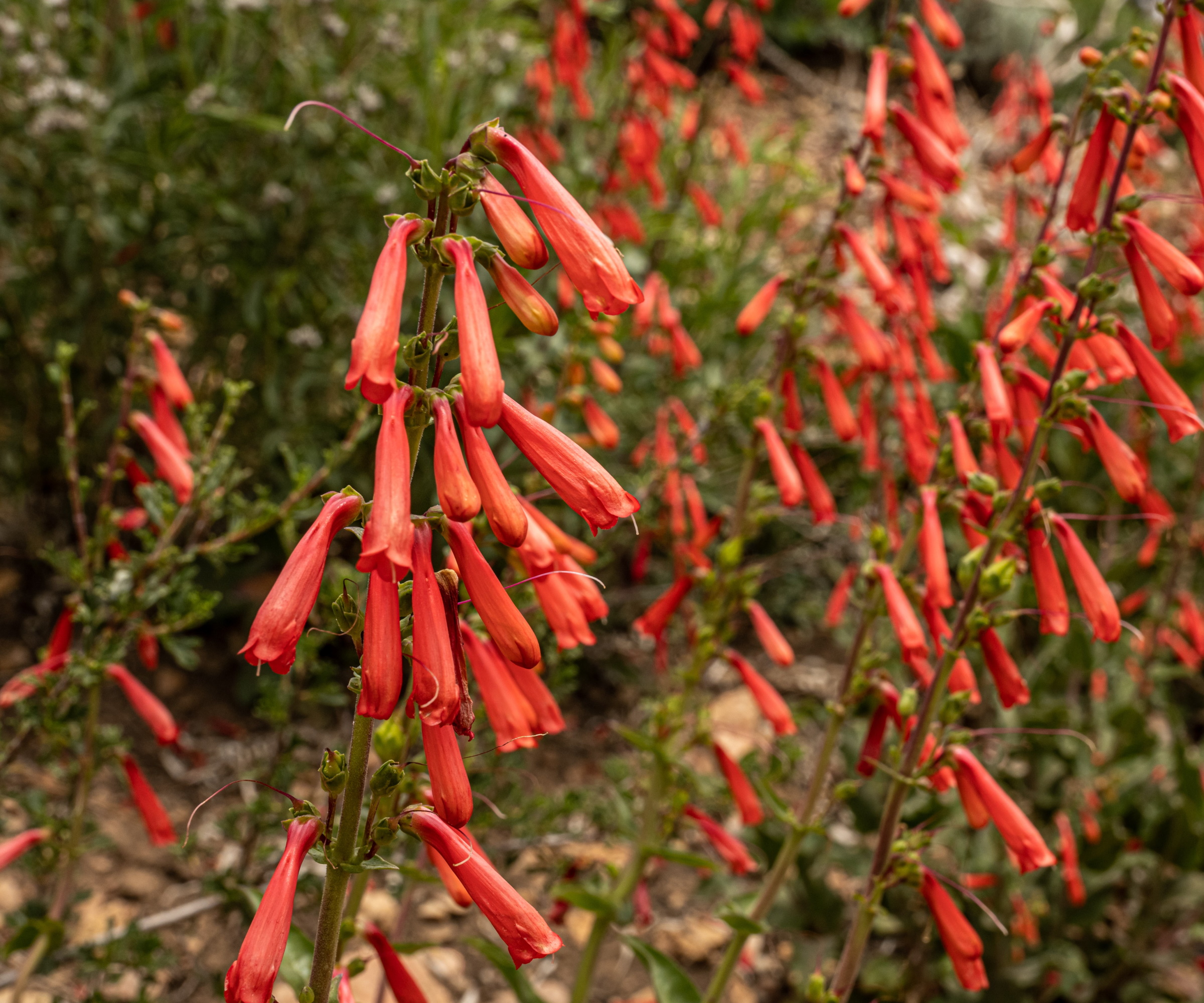
The firecracker penstemon, or Penstemon eatonii, is a striking flowering perennial producing bright red tubular flowers. If you are looking for plants for pollinators or plants for birds, penstemon plants will be a nectar-rich hit with wildlife in your yard. The red color of its blooms is also known to be a favorite of hummingbirds.
This species of penstemon is native to the western United States, growing happily in the challenging climate found in Southern California, tolerating temperatures up to US hardiness zone 8. Remarkably, this penstemon can handle both heat and cold, hardy in freezing temperatures and scorching heat.
4. Prickly pear
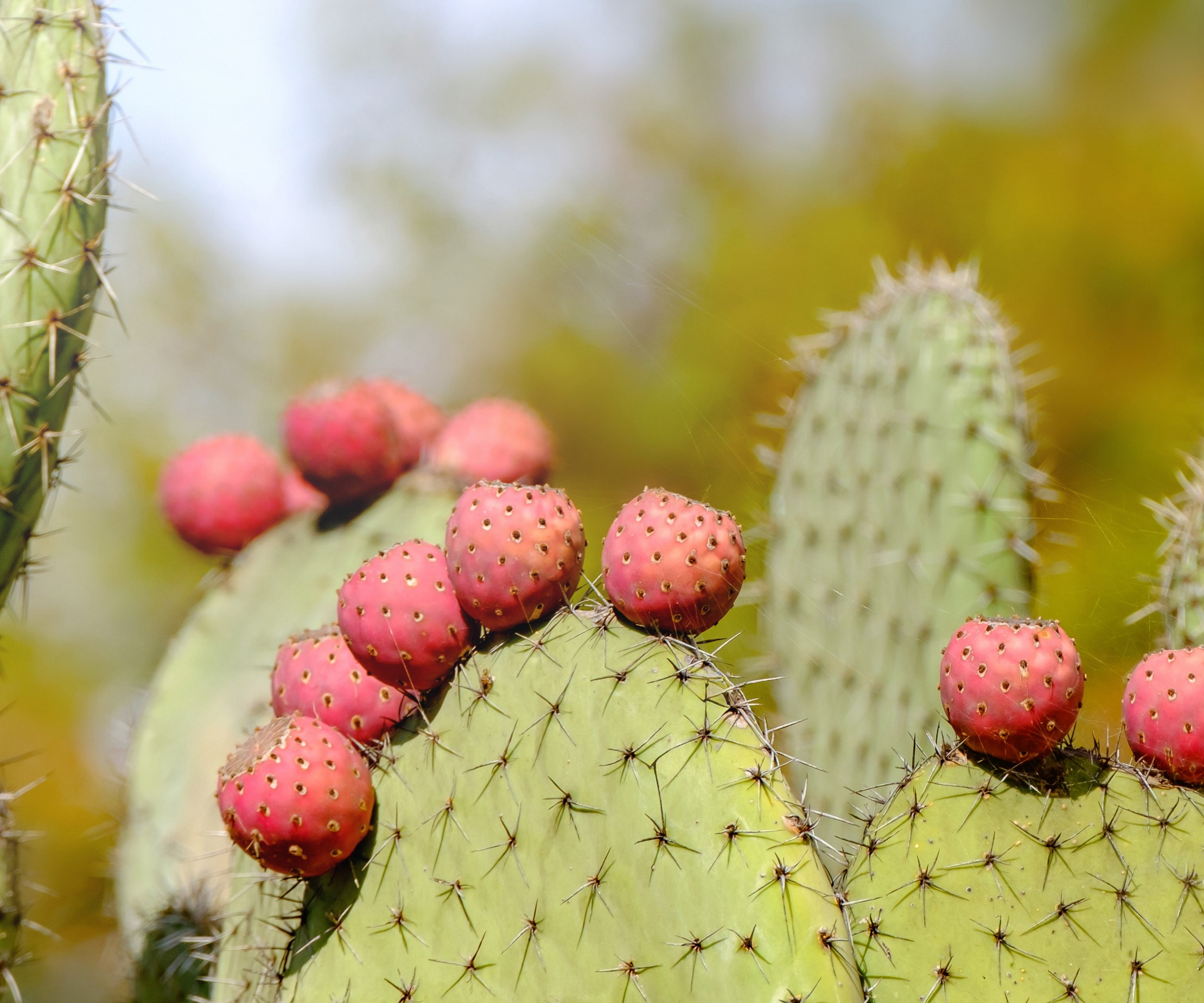
There are over 150 opuntia species, with many native varieties thriving in dry areas across the United States. Tolerating extreme heat and drought, opuntia can be grown in US hardiness zones 5 to 10.
When asked to describe desert planting, most of us immediately think of lone cacti plants, and indeed, incorporating cacti or prickly pears in your backyard will help to create a desert-like landscape.
Opuntia plants produce large, flat stem segments called cladodes, as seen in the image above, and as with other cacti species, the stems and stem segments are covered in small hair-like spines, so approach with caution.
While not usually grown for their blooms, the beautiful flowers can be yellow, pink, orange or white. The common name refers to the fruit produced by opuntia, referred to as prickly pears, that appear much like red berries atop the stem segments.
5. Desert mint
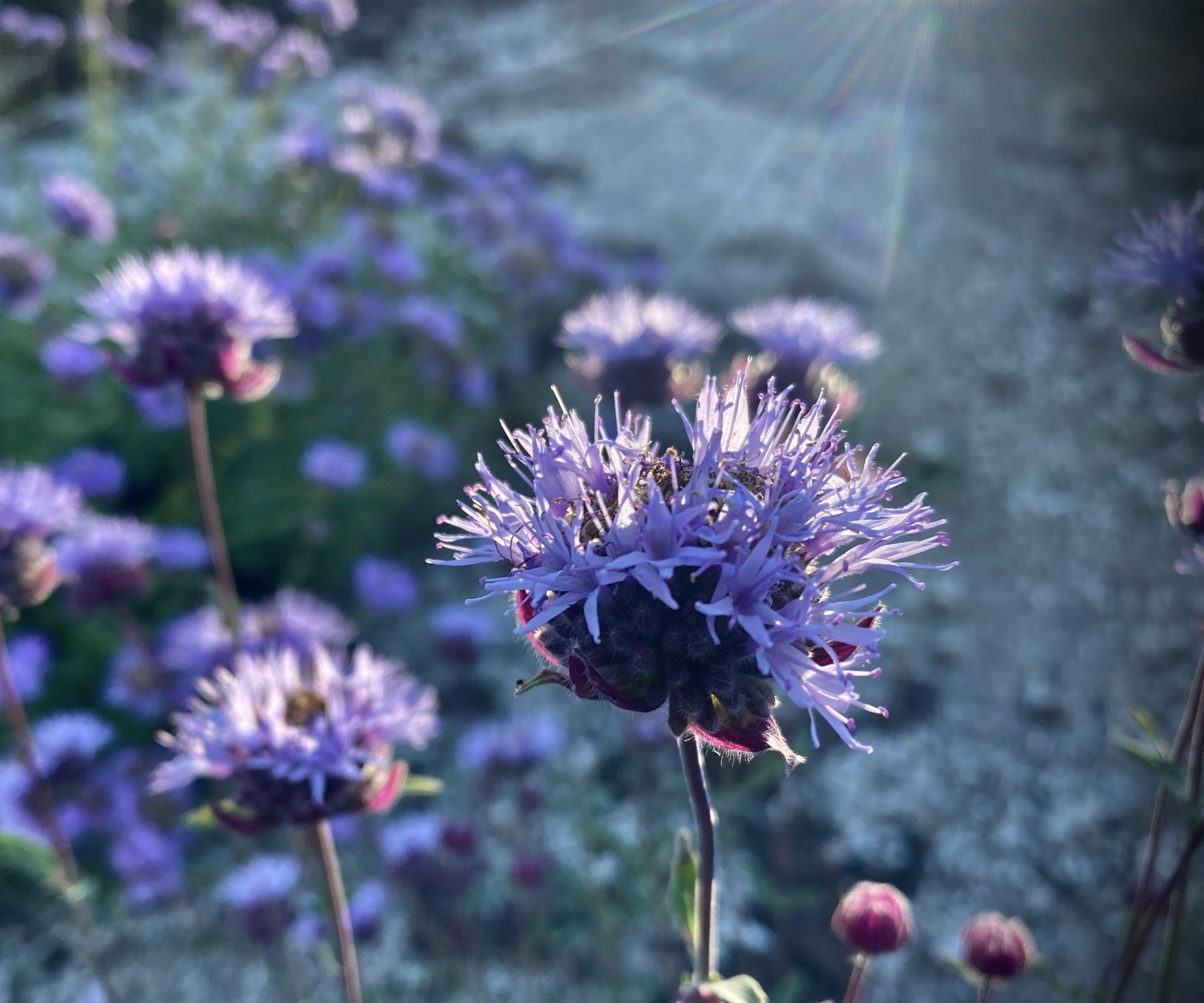
Desert mint, or Monardella australis, is a perennial herb with silver-green foliage and attractive purple flowers. Desert mint is native to California, found in forest, mountainous and desert regions. Growing happily in US hardiness zones 5 to 10, this plant can be sustained with little water during spring and summer.
'California mints make wonderful flower border plants,' says Maya Argaman, Californian native plant expert. 'These perennial herbs are low-growing, producing rounded clusters of lilac flowers.
'Not only do mints attract pollinators, their leaves are often fragrant,' Maya adds. 'Mints can be grown in pots or beds, renowned for their drought-tolerance.'
6. Jewel of the desert
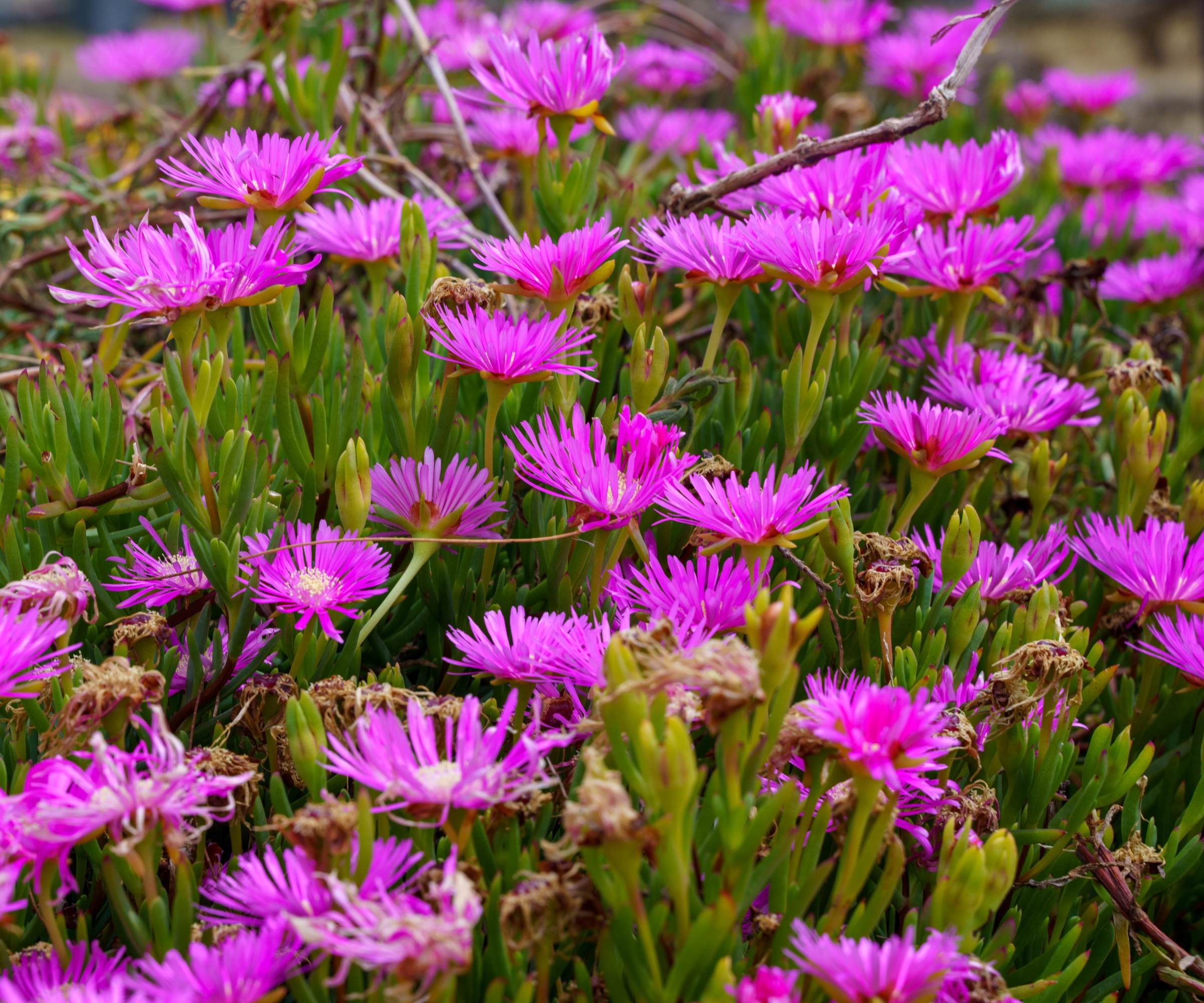
Jewel of the desert, or delosperma, is a succulent, perennial groundcover, native to the rocky and coastal regions of southern and eastern Africa. Delosperma plants thrive in full sun and well-drained soil and would be ideal for those gardeners seeking rock garden ideas this year.
Growing best in US hardiness zone 8 to zone 10, jewel of the desert will maintain its foliage and grow as an evergreen in warmer regions, with striking blooms opening in spring. Effective when planted as a groundcover, delosperma can provide year-round interest along the edge of a path and would make a suitable addition to any drought-tolerant backyard.
FAQs
Which desert plants are suitable to grow in a container?
Agave plants will grow happily in pots, adding structural interest to container and patio displays. With striking blue and green foliage, agave plants are a popular choice for gardeners.
Growing this succulent in a container is recommended for those in cooler regions, making growing agave indoors possible during the winter months when the plant should be protected. When moving and positioning your agave, watch out for the sharp spines.
Incorporating some of the best desert plants in your yard, and growing drought-tolerant shrubs and perennials is a sustainable approach to gardening. If you want further planting and landscaping ideas for an outside space that will help to conserve significant amounts of water, consider our guide to xeriscaping, for a resilient and environmentally friendly yard.
Sign up to the Homes & Gardens newsletter
Design expertise in your inbox – from inspiring decorating ideas and beautiful celebrity homes to practical gardening advice and shopping round-ups.

Thomas is a Content Editor within the Gardens Team at Homes and Gardens. He has worked as a professional gardener for both public spaces and private estates, specializing in productive gardening, growing food and flowers. Trained in Horticulture at the Garden Museum, he has written on gardening and garden history for various publications, including The English Garden, Gardens Illustrated, Hortus, The London Gardener and Bloom. He has co-authored a Lonely Planet travel book, The Tree Atlas, due out in 2024.
-
 These are the 6 must-have colors to decorate with in April 2025
These are the 6 must-have colors to decorate with in April 2025What do retro-inspired yellows and beautiful blues all have in common? They're on our hot list for the season ahead
By Sophia Pouget de St Victor Published
-
 Plants never to grow next to fruit trees
Plants never to grow next to fruit treesExpert advice on which plants to keep away from fruit trees to encourage a healthy harvest
By Jacky Parker Published
